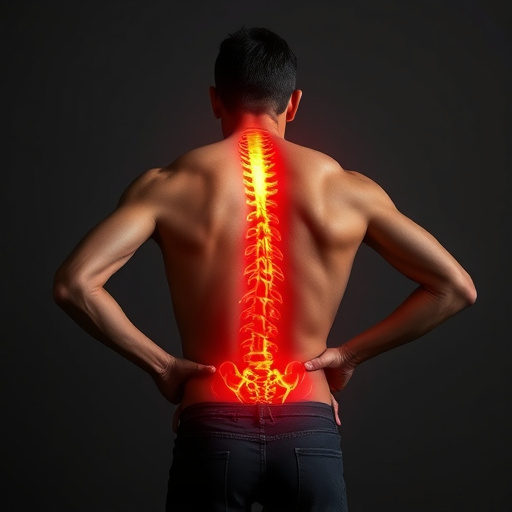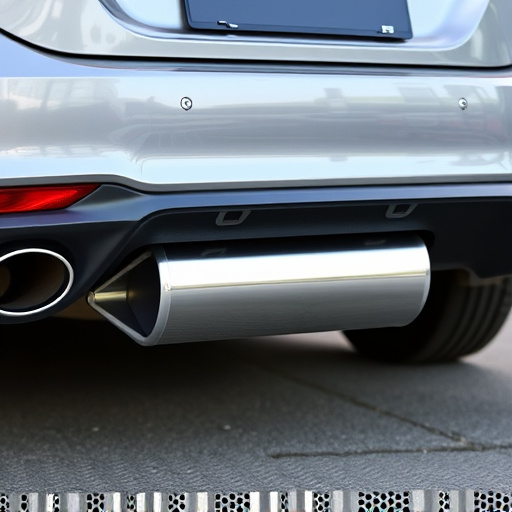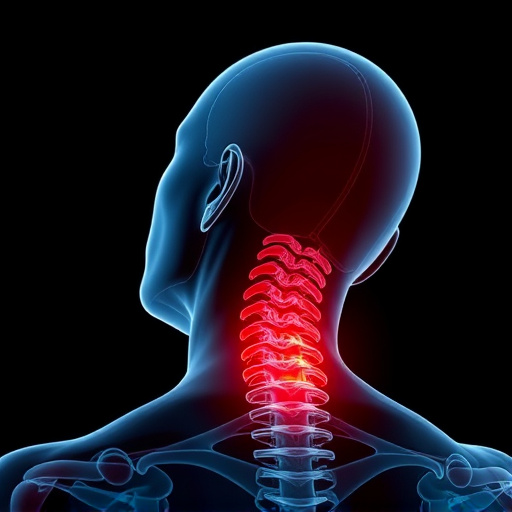In auto injury assessment, ERs focus on immediate care and stabilisation, while chiropractors prioritise long-term recovery through spinal alignment and joint mobility evaluations. Chiropractics uses non-invasive techniques like manipulation and manual therapy, promoting self-healing and symptom relief for chronic issues. ERs use standard procedures for acute interventions, contrasting with chiropractic's holistic approach that targets underlying musculoskeletal causes. Understanding these differences is key for patients seeking personalised post-accident rehabilitation.
When dealing with auto injury assessments, understanding the distinct approaches of Emergency Rooms (ER) and chiropractors is vital. ER assessments prioritize acute care and rapid diagnosis, focusing on immediate life-threatening conditions. In contrast, chiropractic evaluations emphasize spinal alignment and function, treating the body as a holistic system. This article explores key differences in treatment philosophy and evaluation techniques between these two practices, providing insights for informed decision-making after a car accident.
- ER Assessment: Focus on Acute Care and Diagnosis
- Chiropractic Approach: Emphasizes Spinal Alignment and Function
- Key Differences: Treatment Philosophy and Evaluation Techniques
ER Assessment: Focus on Acute Care and Diagnosis

In an Emergency Room (ER) setting, the auto injury assessment primarily centers on acute care and rapid diagnosis. When a patient presents with suspected or confirmed auto injuries, such as whiplash or joint pain relief needs following a vehicular accident, ER medical professionals are equipped to address immediate life-threatening issues first. This initial assessment involves thorough physical examinations, imaging studies like X-rays and CT scans, and laboratory tests to pinpoint the extent of the injuries. The focus is on stabilising the patient, managing pain, and providing interventions that can prevent further complications or aggravation of existing conditions.
Unlike ER care, chiropractic auto injury assessments take a different approach by concentrating on long-term recovery and rehabilitation. Chiropractors are trained to evaluate not only physical symptoms but also the biomechanical aspects of the injury, including alignment issues in the spine and joint mobility. They often incorporate therapeutic exercises tailored to the patient’s specific needs to address underlying causes of pain and facilitate a more comprehensive recovery process. The goal is to offer immediate relief from joint pain while working towards restoring full function and range of motion, which may extend beyond the initial emergency response.
Chiropractic Approach: Emphasizes Spinal Alignment and Function

The chiropractic approach to auto injury assessment differs significantly from traditional medical practices. Chiropractors focus on the alignment and functionality of the spine as the foundation for overall health and wellness, believing that any misalignments can lead to various health issues, including chronic back pain. They use techniques such as spinal manipulation and manual therapy to correct these misalignments, aiming to restore natural movement and promote self-healing. This holistic approach not only seeks to alleviate immediate auto injury symptoms but also focuses on long-term back pain relief and improving overall mobility.
Unlike conventional methods that often rely heavily on medication or surgical interventions, chiropractors may incorporate additional treatments like shockwave therapy for persistent conditions. They are also well-versed in sports injury treatment, making them popular choices among athletes seeking non-invasive solutions for muscle and joint issues. This specialized knowledge positions chiropractors as valuable partners in managing auto injuries, offering a natural and tailored approach to recovery.
Key Differences: Treatment Philosophy and Evaluation Techniques

The core distinction between ER (Emergency Room) and Chiropractic auto injury assessments lies in their fundamental treatment philosophies and evaluation techniques. In an ER setting, the primary focus is on acute care, stabilizing patients, and addressing immediate life-threatening conditions. Auto injury assessments here tend to be fast-paced, aiming to rule out severe injuries, manage pain temporarily, and provide basic recommendations for further care. On the other hand, Chiropractors prioritize non-invasive, drug-free approaches to address auto injuries, emphasizing the body’s natural healing processes. They delve deeper into musculoskeletal evaluations, focusing on diagnosing and treating conditions like pinched nerves and chronic pain relief, which often go beyond immediate emergency needs.
Chiropractic assessments involve a comprehensive battery of tests that may include orthopedic exams, neurology screenings, and specialized chiropractic manipulation techniques. This method seeks to identify the root cause of discomfort rather than merely addressing symptoms. In contrast, ER assessments typically rely on standard procedures such as X-rays, CT scans, and physical examinations to quickly assess injuries. While both approaches have their merits, understanding these key differences is crucial for patients navigating post-accident rehabilitation, ensuring they receive treatment aligned with their specific needs and recovery goals.
When comparing ER and chiropractic auto injury assessments, it’s clear that each approach has distinct focuses. Emergency rooms prioritize acute care and diagnosis, while chiropractors emphasize spinal alignment and function. These differences stem from contrasting treatment philosophies and evaluation techniques, ultimately offering unique paths to recovery for auto injury victims. Understanding these nuances is crucial in navigating the best course of action following a vehicle incident.














